Vernal pools are very special environments, and California has the most diverse vernal pools in the world. The Mather vernal pools are a great example, and they are easily accessible. This is an area that we visit often, and I’ve included photos from March 2020, April 2018, and April 2017.
The Flowers
Here’s a sample of a few of my favorites from this spot (click on the image to see a larger view).
Vernal pool checkerbloom will dot the edges of vernal pools on the east side of the central valley. A very delicate pink.

White-tipped clover has an amazing, intense color. You’ll find these in the wet areas of vernal pools, but they can sometimes be found further out in the adjacent grasslands.
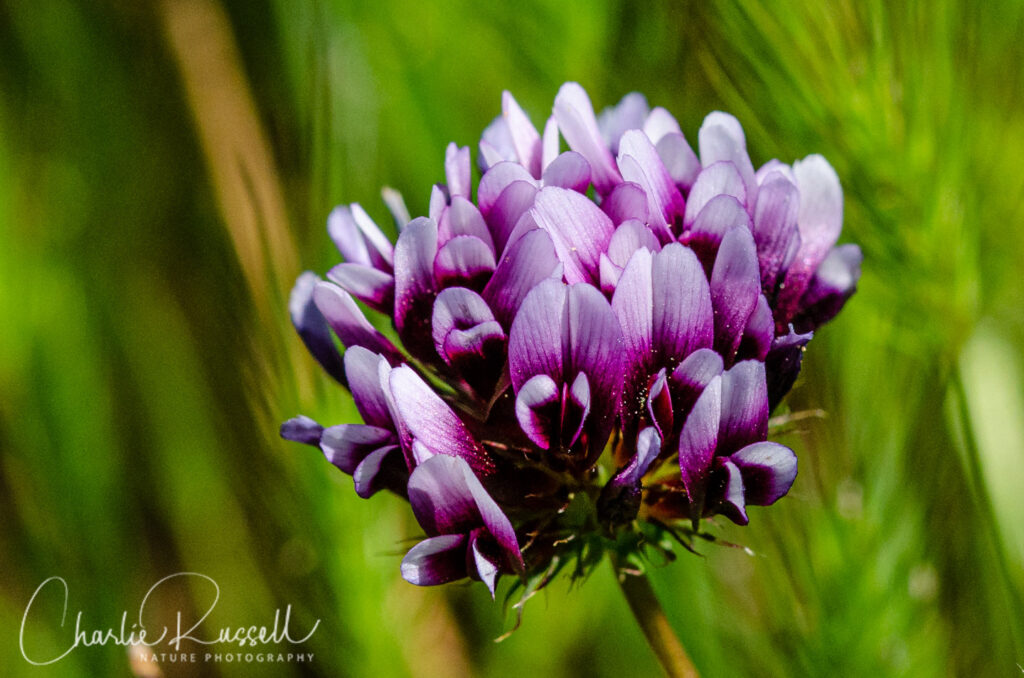
There are many species of Downingia in California vernal pools. The most common one at Mather is Horned downingia. See the two purple horns (bumps) at the throat, just above the yellow spots?
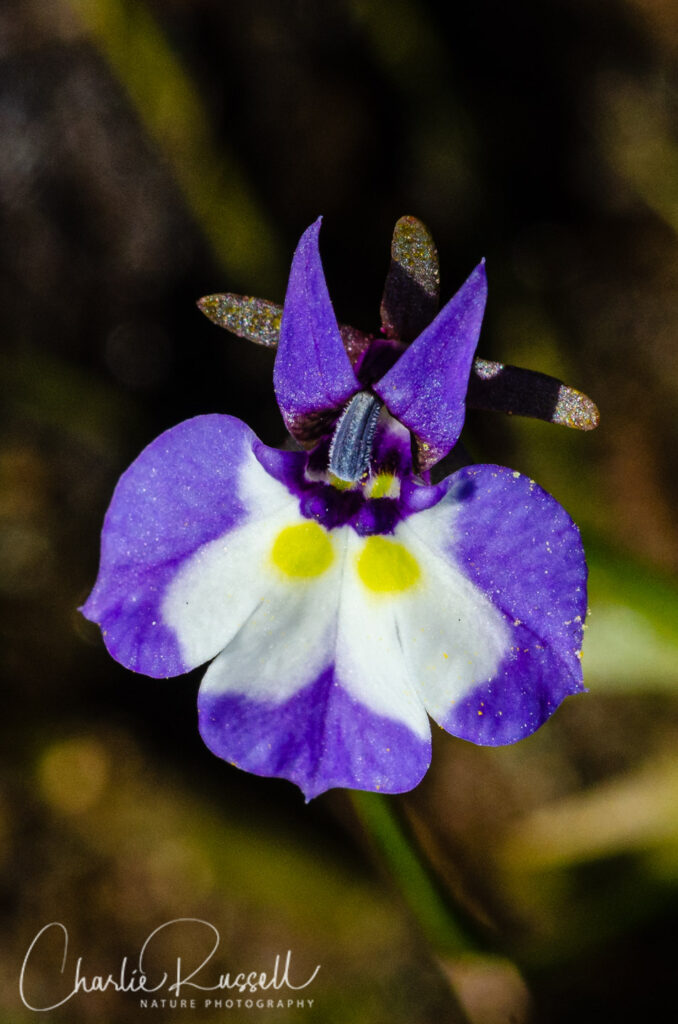
Tidy tips hang out on the edges of the pools, also. A beautiful wildflower. There are a couple of species at Mather.
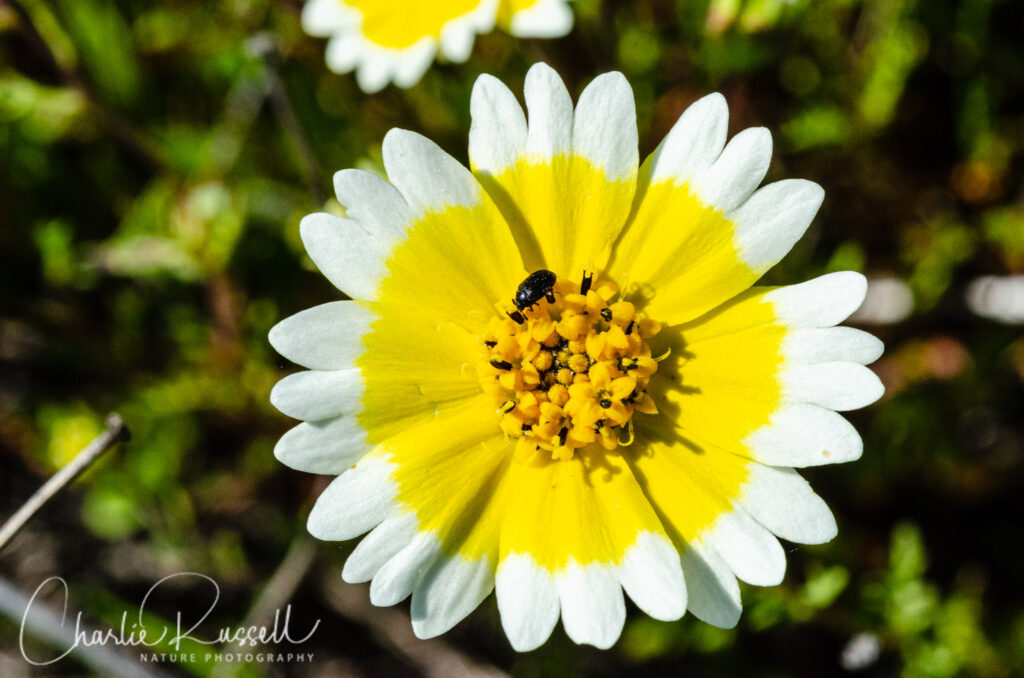
There are several Brodiaea species here, some in the grasslands and some by the vernal pools. This is vernal pool brodiaea.
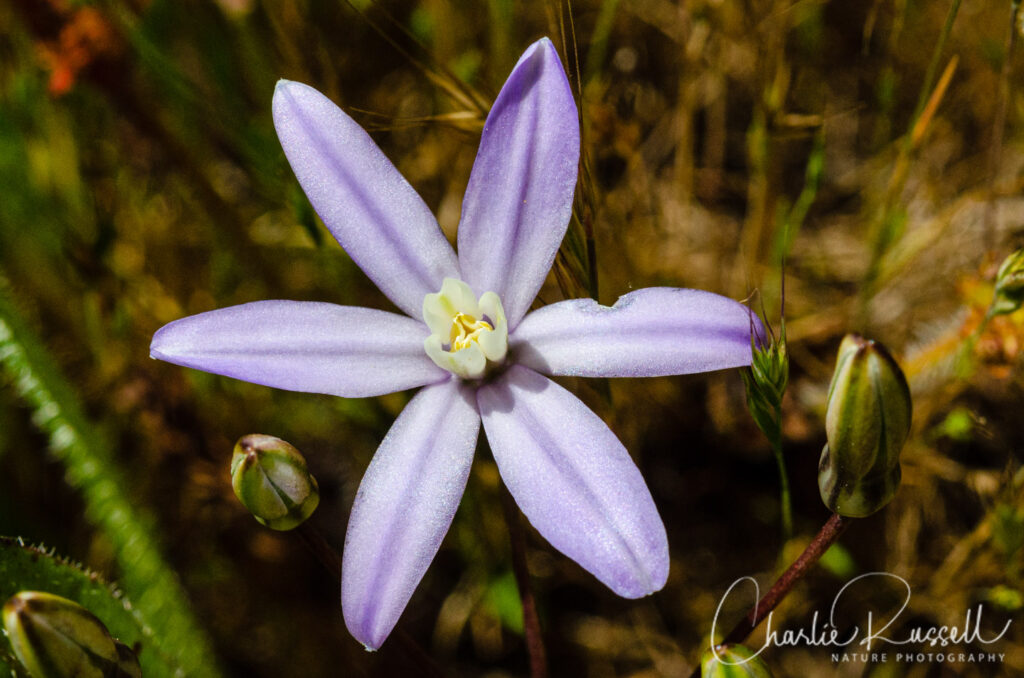
Vernal pools don’t exist without their accompanying grasslands, and these grasslands have their own species of wildflowers. Here’s a native grassland poppy, Frying pans.
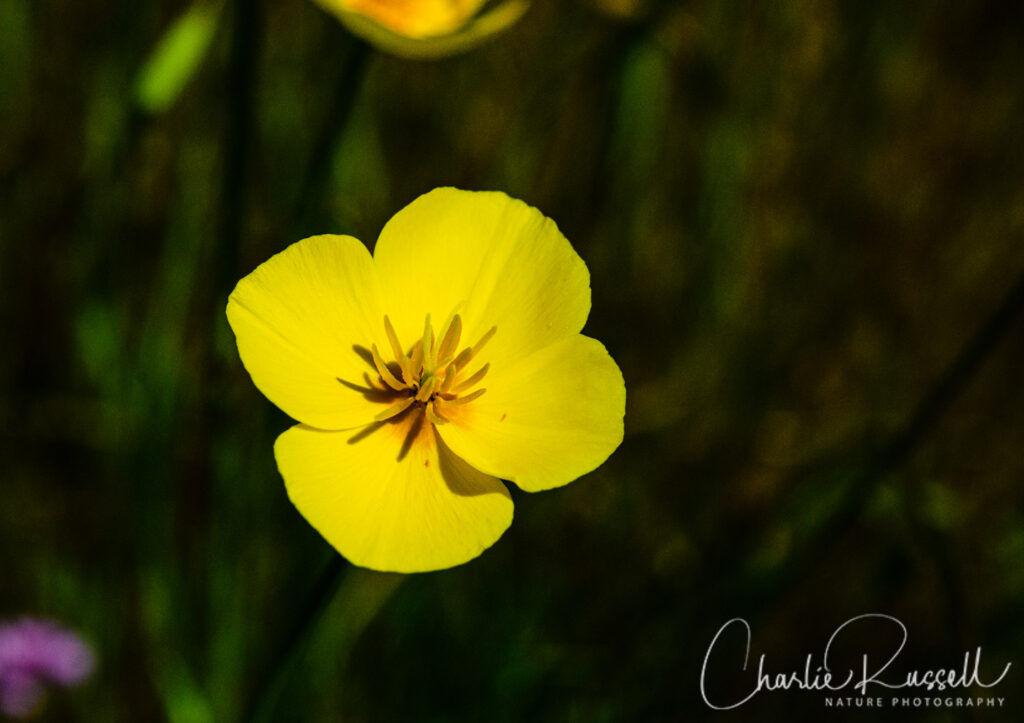
In 2019 there was a grass fire in the field across the road from the Mather vernal pools, and in 2020 the Frying pan poppies exploded. No invasive grasses to compete against!

If you click on lightbox image below you will be able to scroll through all of the plants (and other things) that we found on this hike. All photos are available for purchase in a variety of formats.
The Hike
This really isn’t a “hike”, it is more of a “wander”. The grasslands start right by the roadside, and the vernal pools are scattered nearby just a few hundred yards in. There is a path that leads from the trail head going west, and you’ll probably find grassland flowers right at the start. Just follow the path, you’ll come to the vernal pools. These are low spots where the water has been sitting for a longer period of time, winter through early spring. You’ll find a different set of wildflowers in the pool bottom, the low edge of the pool, the higher edge of the pool, and beyond.
Here’s a shot from March 2020, which was a relatively dry year. The pools had already dried down.
Compare that with this photo from late April 2017 (which is more typical for this time of year).
Directions
From Highway 50 in Sacramento (Rancho Cordova) take exit 17 for Zinfandel Drive and head south. After about 4 miles the pavement ends and Zinfandel becomes a rough gravel/dirt road. Continue on this for about another 1/10 of a mile. You are looking for a trail head kiosk on the west side.
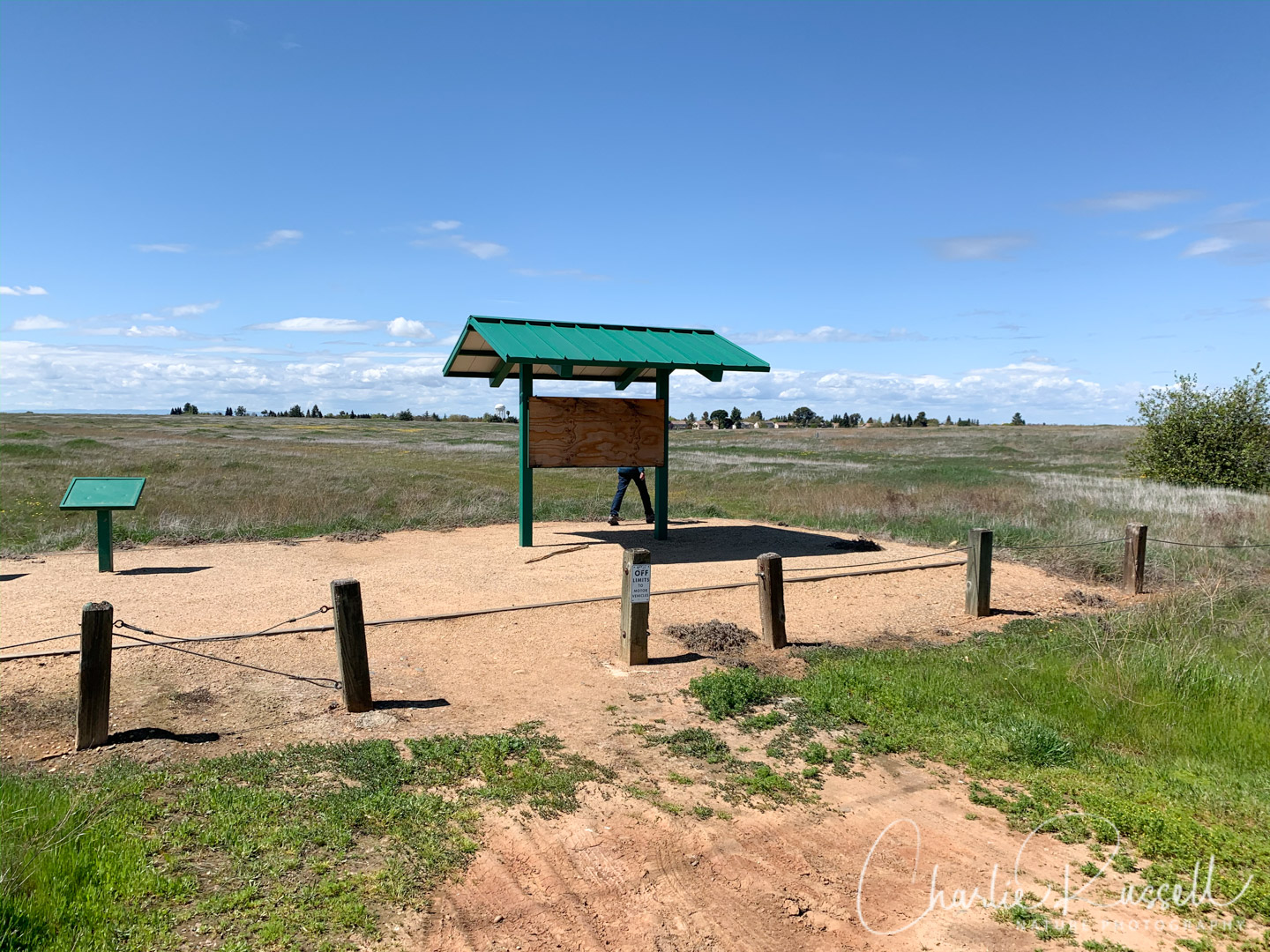
There is no parking here, just pull to the side of the road (but be careful of some very low spots). There is an informal trail that heads west from here into the grasslands. Feel free to wander. The vernal pools are off to the west a few hundred yards. If they are wet, please don’t walk in them. Be careful of the wildflowers! This is a very sensitive habitat.
Sacramento Splash is a wonderful non-profit organization that provides educational programs for elementary and secondary schools. They also hold docent-led tours every spring. I highly recommend their programs and their very good website, which is full of information about vernal pools.
Timing is Everything
Spring is such a wonderful time of year in the Sacramento area. On each visit we were fortunate to have mild temperatures (upper 60’s to low 70’s) and relatively calm winds. Usually I try to visit this area in April, although some wildflowers are starting in early March, and others are coming out in mid to late May. Rainfall patterns and spring temperatures have a big effect on when things are blooming and how wet the vernal pools will be.
Mather Vernal Pools Wildflower Listing
Here’s a listing of the native plants that we found on this visit. The ones listed in color are endemic to California (that is, found only in California). “nif” means “not in flower”. CNPS numbers are ratings for rare plants by the California Native Plant Society (see my explanation of CNPS ranks). In most cases the scientific name will be a link to a reference source such as Calflora. All the plants listed were found on our visit in March 2020 unless I have noted the year on the listing.
- American bird’s foot trefoil, Acmispon americanus var. americanus (5/2018)
- Blue dicks, Dipterostemon capitatus subsp. capitatus (formerly Dichelostemma capitatum ssp. capitatum)
- Butter ‘n’ eggs, Triphysaria eriantha ssp. eriantha
- California goldfields, Lasthenia californica ssp. californica (5/2018)
- Crown brodiaea, Brodiaea coronaria (5/2018)
- Dwarf woolly marbles, Psilocarphus brevissimus var. brevissimus
- Field owl clover, Castilleja campestris ssp. campestris
- Fremont’s goldfields, Lasthenia fremontii
- Fremont’s tidytips, Layia fremontii
- Frying pans, Eschscholzia lobbii
- Great valley coyote thistle, Eryngium castrense (5/2018)
- Horned downingia, Downingia bicornuta var. bicornuta
- Ithuriel’s spear, Triteleia laxa
- Miniature lupine, Lupinus bicolor
- Oregon timwort, Cicendia quadrangularis
- Pacific foxtail, Alopecurus saccatus
- Pale spikerush, Eleocharis macrostachya (5/2018)
- Pineapple-Weed, Matricaria discoidea
- Red maids, Calandrinia menziesii
- Ribbed fringepod, Thysanocarpus radians
- Rusty popcornflower, Plagiobothrys nothofulvus
- Seep monkey flower, Erythranthe guttata (4/2017)
- Shining pepperweed, Lepidium nitidum
- Smooth goldfields, Lasthenia glaberrima
- Tomcat clover, Trifolium willdenovii
- Valley brodiaea, Brodiaea rosea ssp. vallicola. CNPS 4.2
- Valley tassels, Castilleja attenuata
- Vernal pool brodiaea, Brodiaea minor (5/2018)
- Vernal pool buttercup, Ranunculus bonariensis var. trisepalus
- Vernal pool checkerbloom, Sidalcea calycosa
- Vernal pool popcornflower, Plagiobothrys stipitatus var. micranthus
- Wild hyacinth, Triteleia hyacinthina (5/2018)
- White meadowfoam, Limnanthes alba ssp. alba (5/2018)
- White tipped clover, Trifolium variegatum
- Whitehead Navarretia, Navarretia leucocephala
The following are non-native plants that we found on the hike as well:
- Common Stork’s Bill, Erodium cicutarium
- Cut leaved geranium, Geranium dissectum (4/2017)
- Hawkbit, Leontodon saxatilis
- Longbeak stork’s bill, Erodium botrys
- Shamrock clover, Trifolium dubium (4/2017)
- Spring vetch, Vicia sativa (5/2018)
- Wild radish, Raphanus sp.
- Winter vetch, Vicia villosa (5/2018)


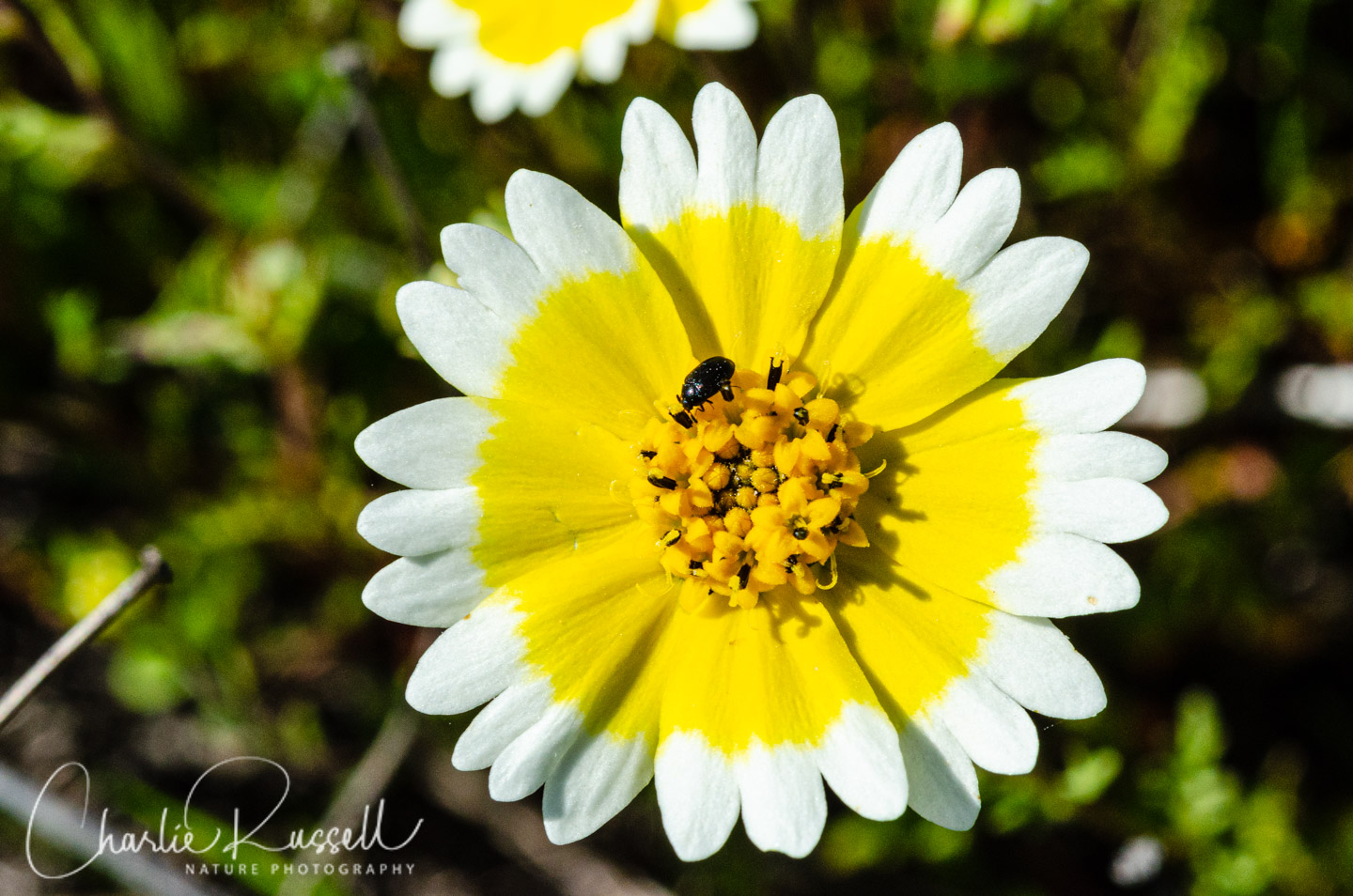
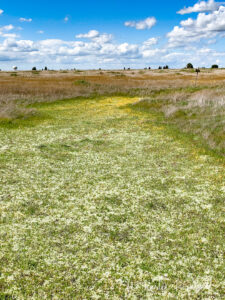
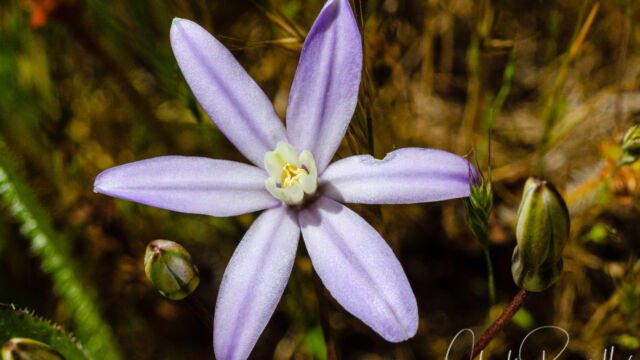
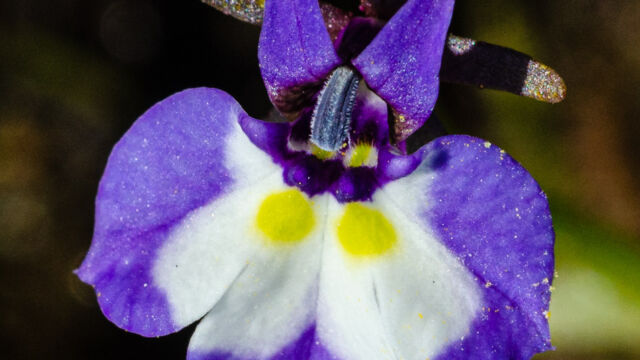
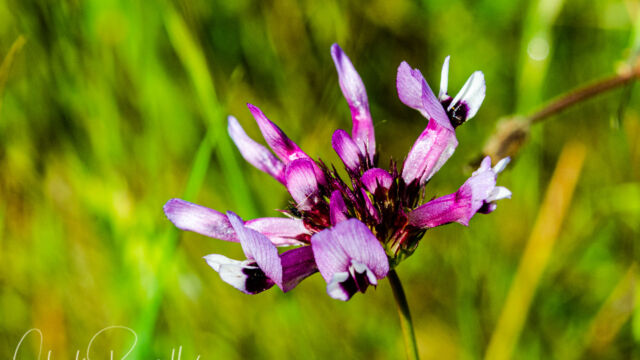
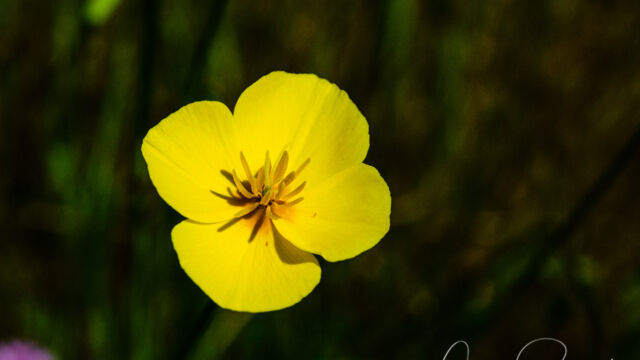

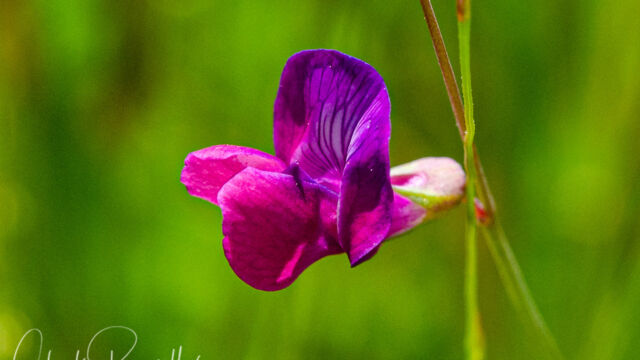
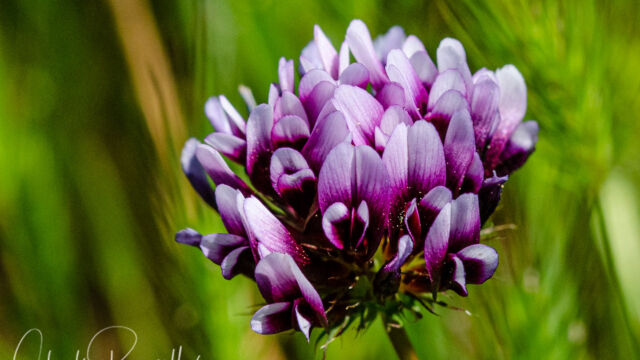
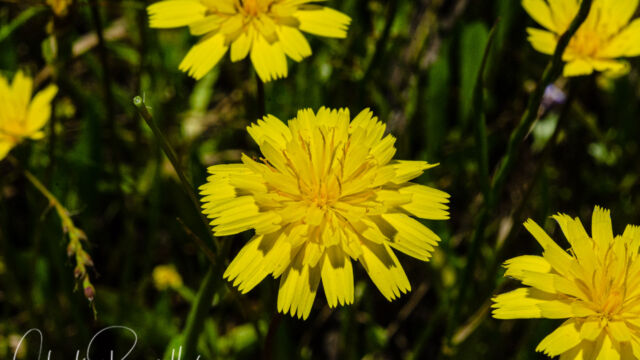
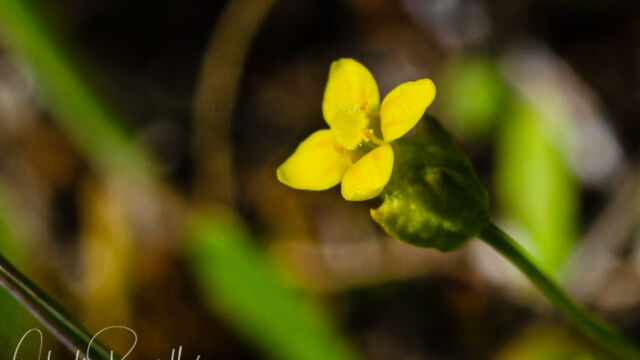
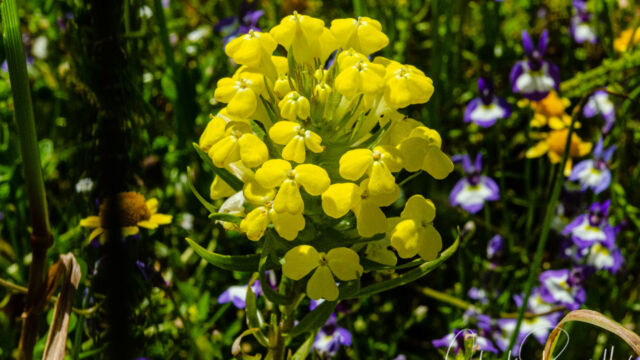
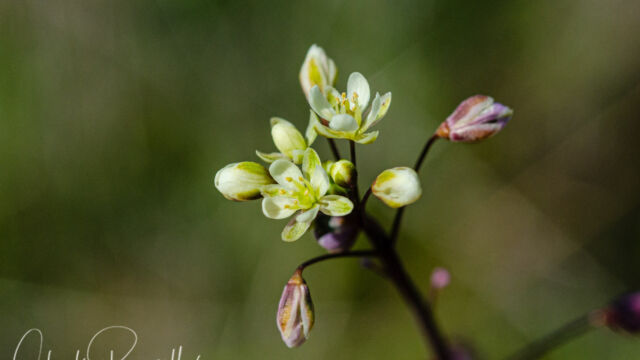
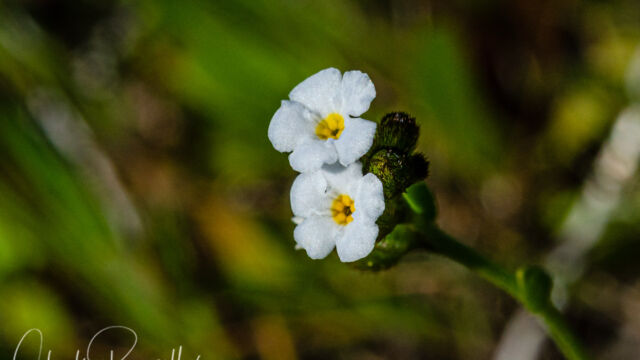
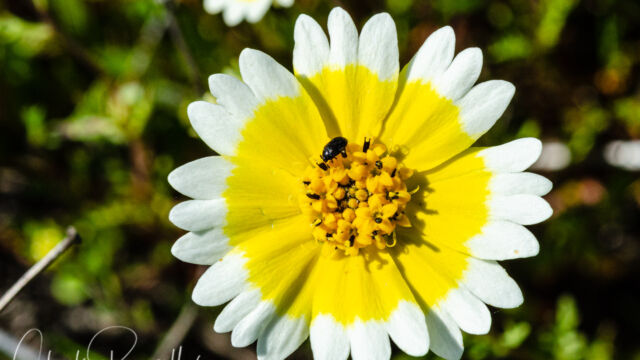
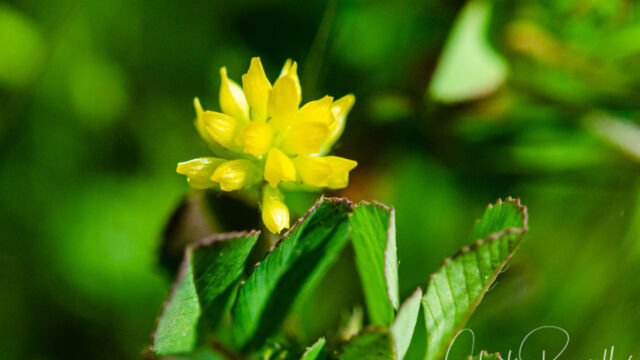
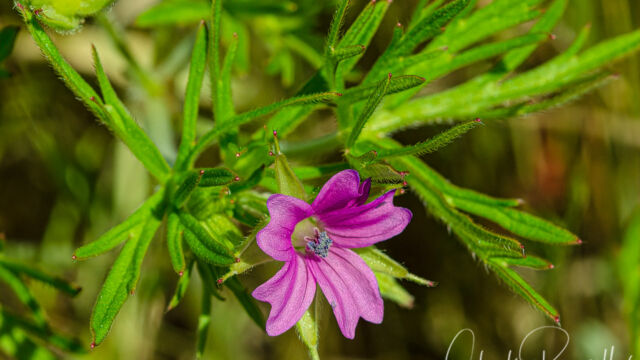
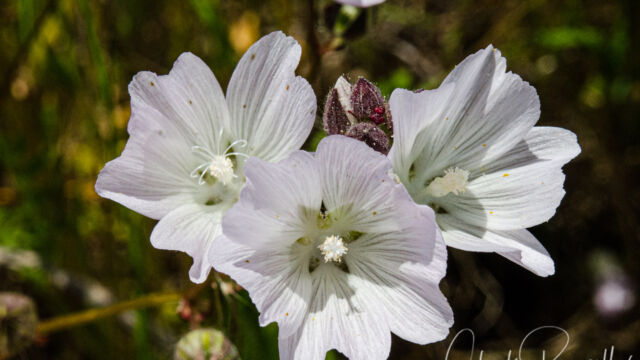
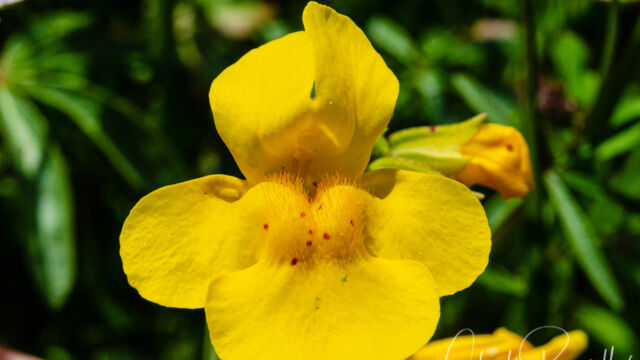
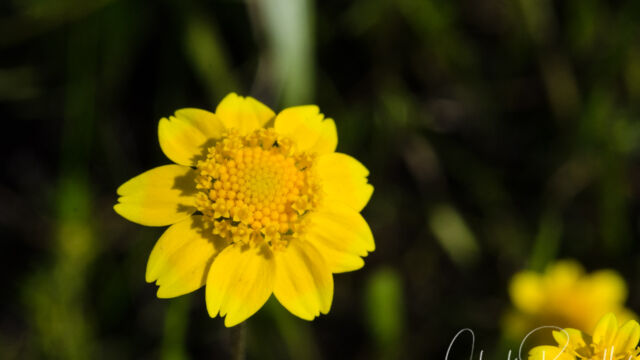
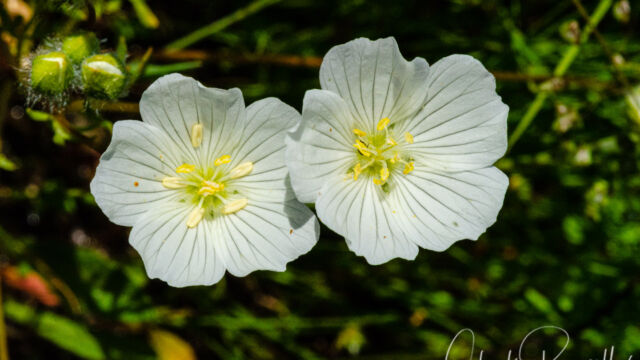
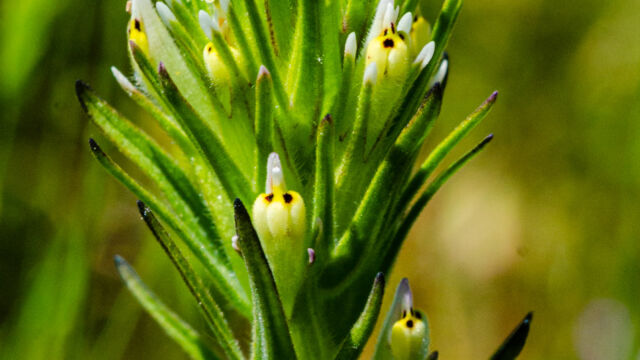
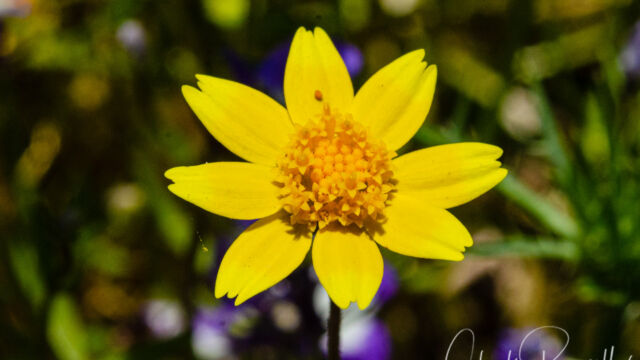
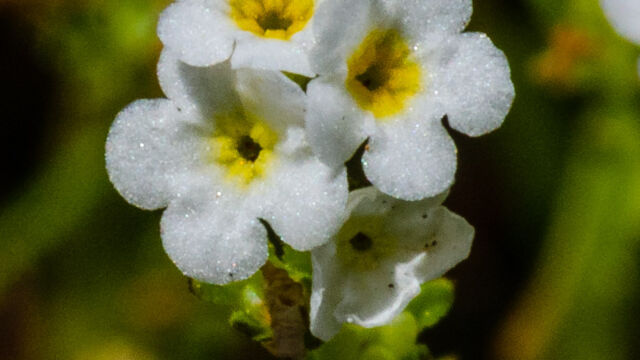
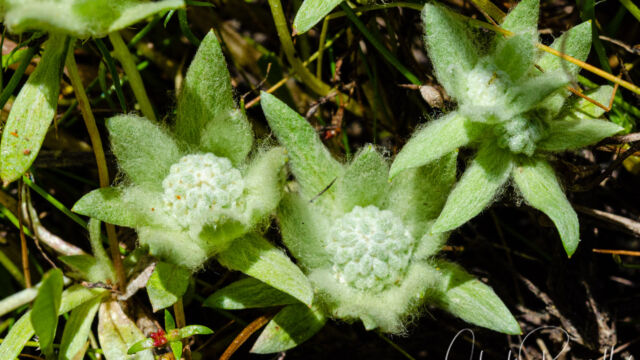

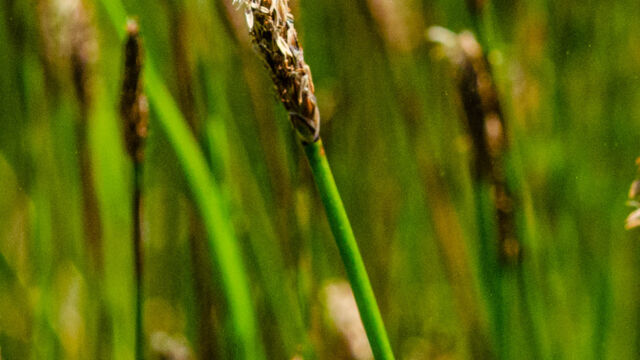
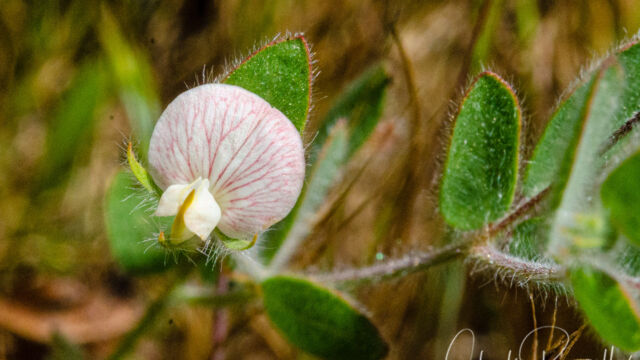
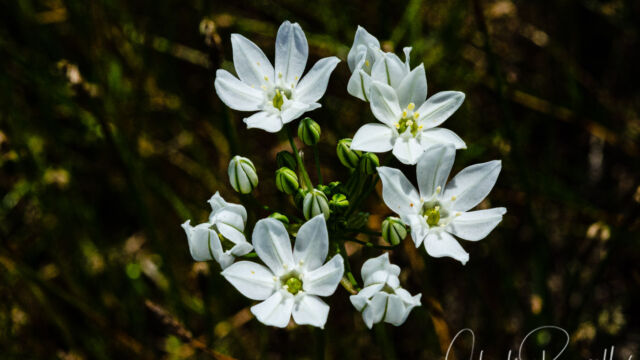
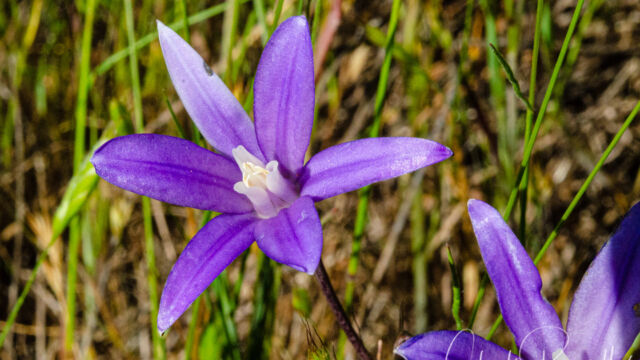
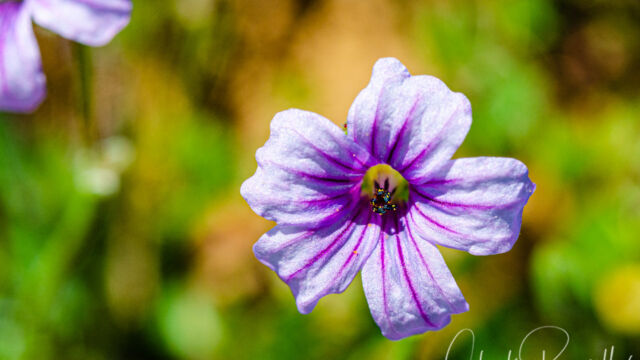
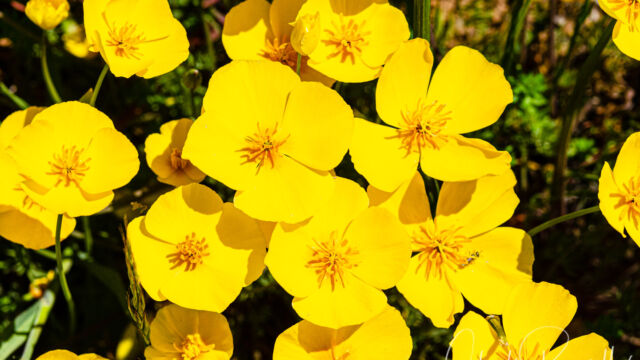
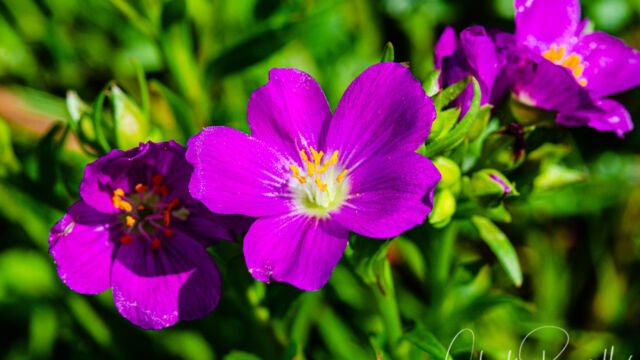


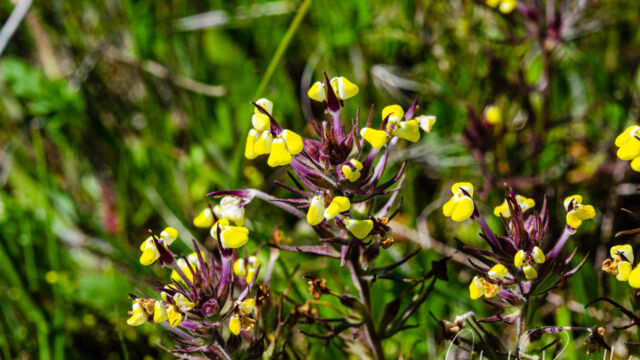
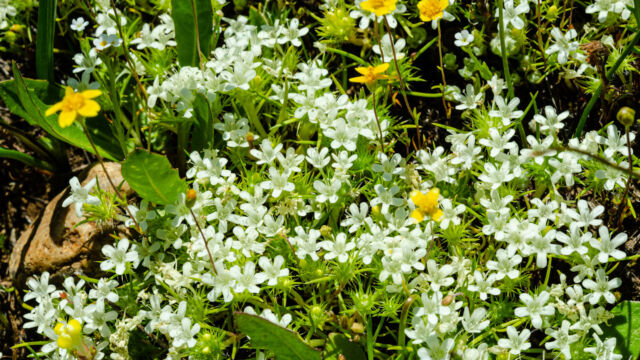
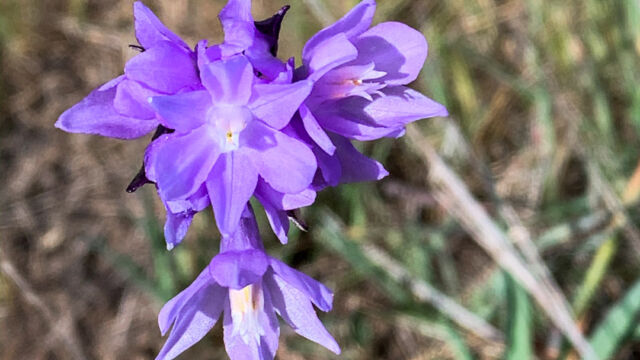
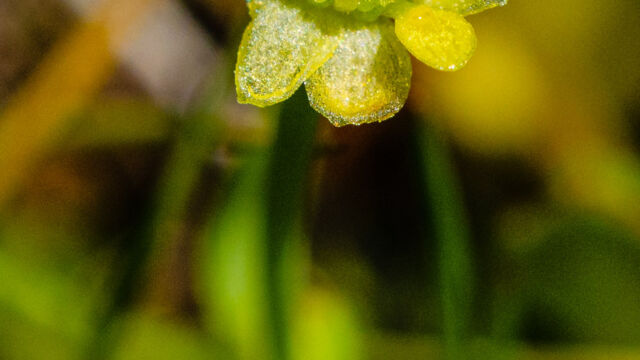
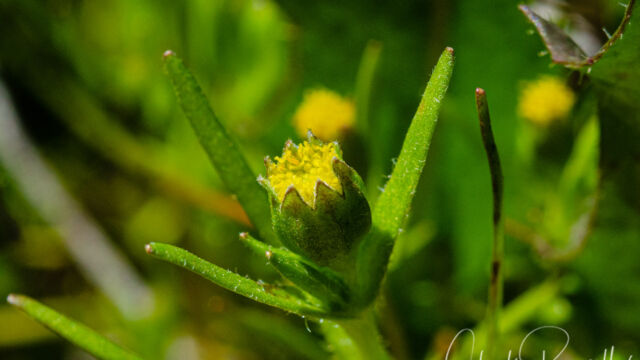
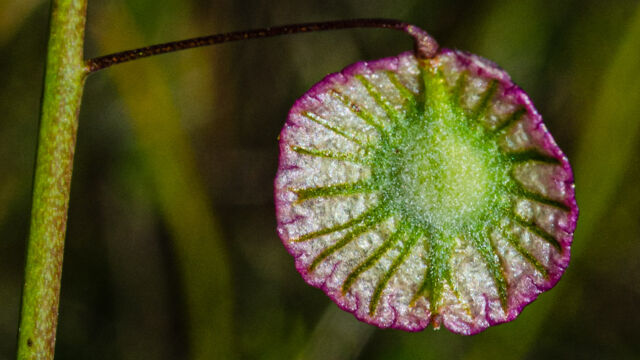

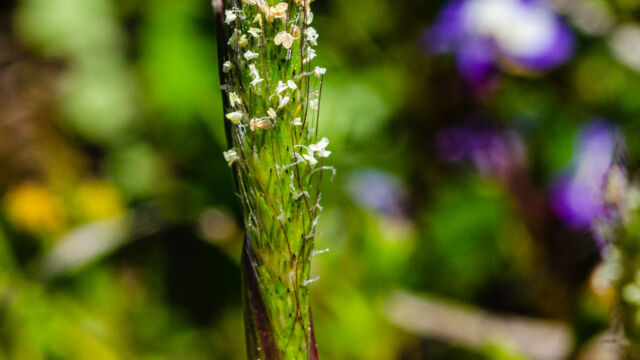
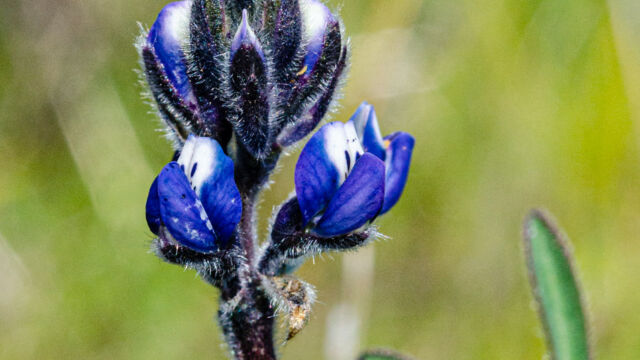
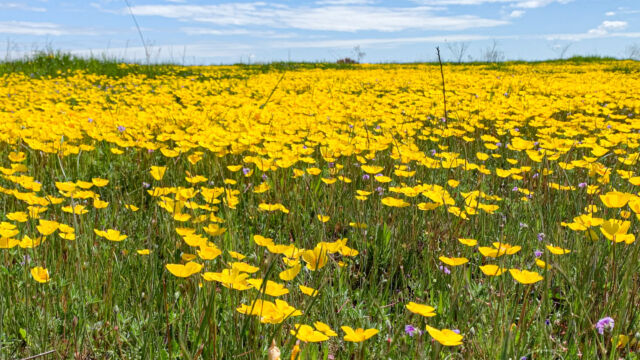

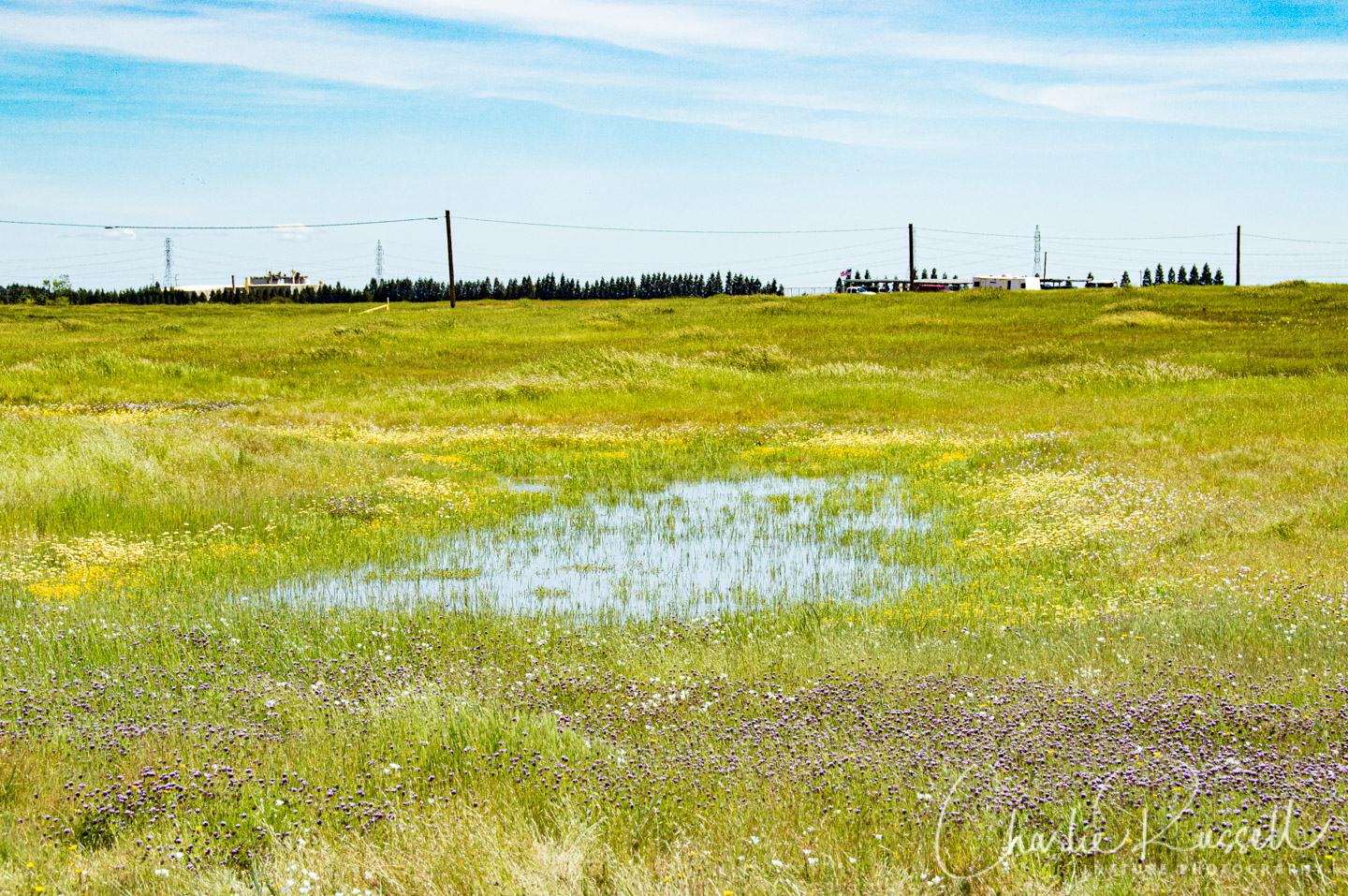
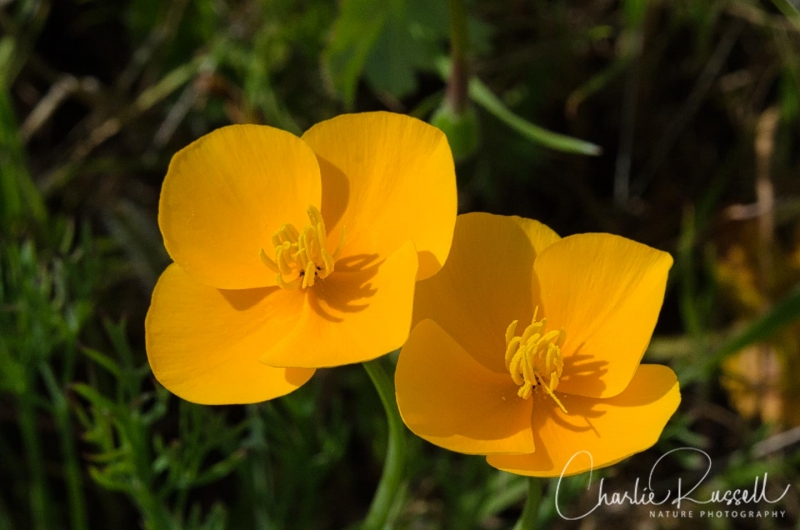

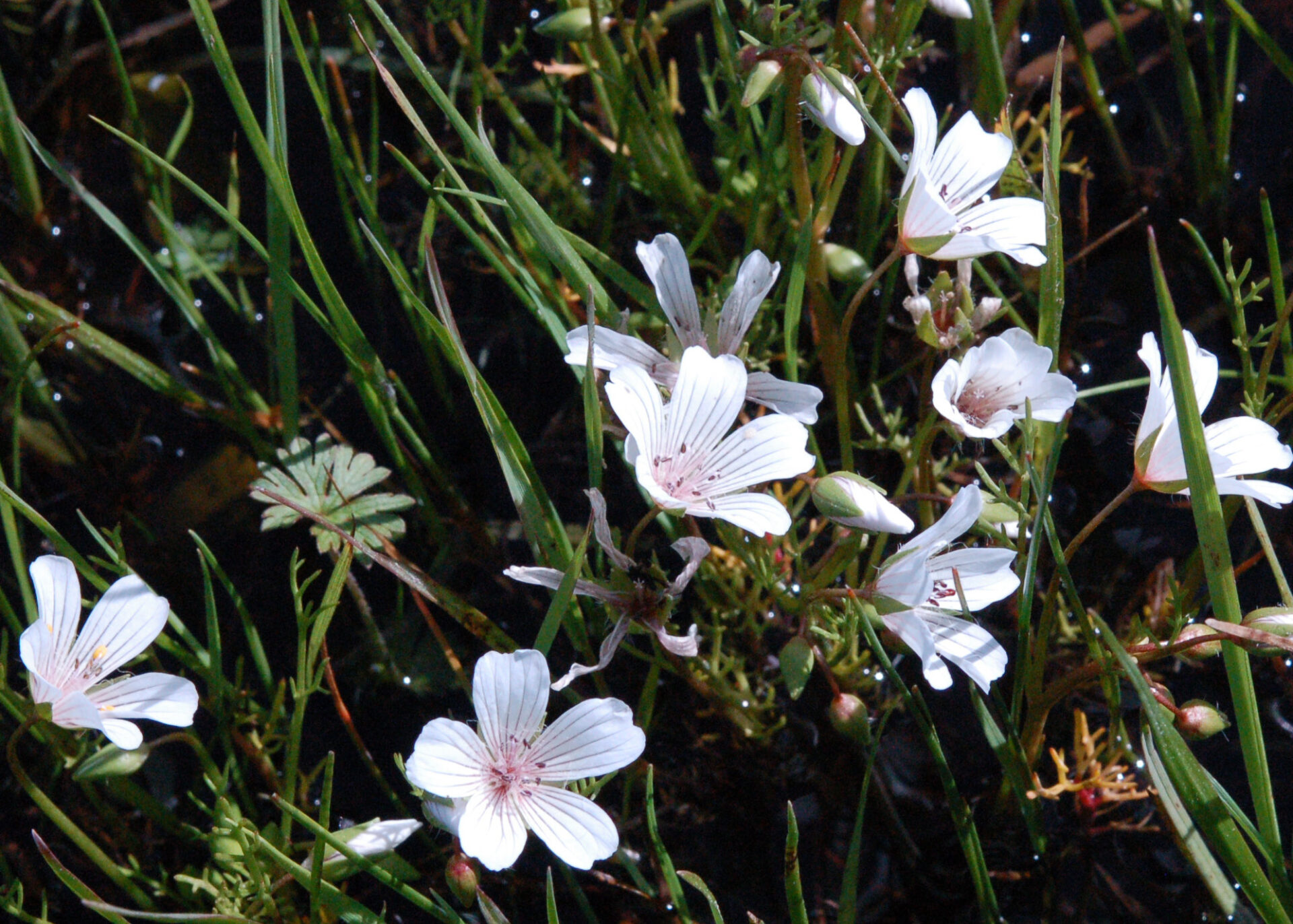
Add comment